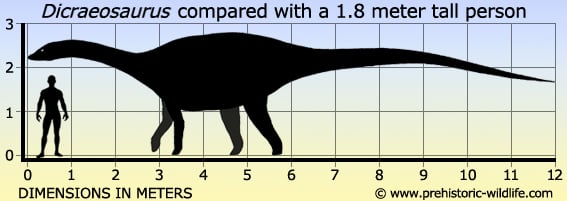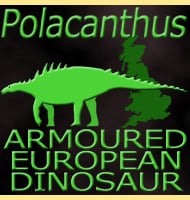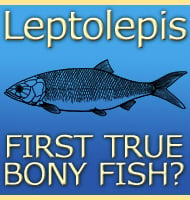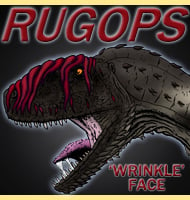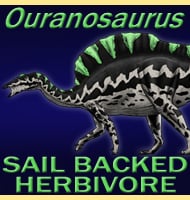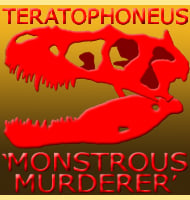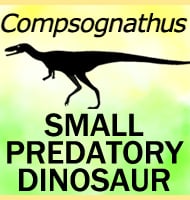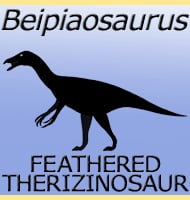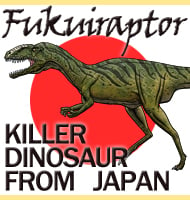In Depth
Dicraeosaurus was relatively small by sauropod standards, but was still a bit larger than Amargasaurus, so far the only other known member of its group. Dicraeosaurus sported a double row of spines down its back that are similar to those seen on the back of Amargasaurus. We cannot be certain what these spike were for but it’s possible that they could have been there so that Dicraeosaurus could recognise others of its own species, or that they were a form of defence to make it harder for tall theropods to bite down onto the back. It is also possible that they may have been the supports for a sail, so far no one can say for absolutely certain.
Dicraeosaurus would have shared its habitat with the stegosaurid Kentrosaurus and the brachiosaurid Giraffatitan, fossils for which are known from the area. Each one of these would have fulfilled a particular niche so that they did not starve each other of food, and similar systems can be seen in other parts of the globe such as western North America with the presence of Brachiosaurus, Diplodocus and Stegosaurus all in the same ecosystem at the end of the Jurassic.
Further Reading
– �bersicht �ber die Wirbeltierfauna der Tendaguru-Schichten [Overview of the vertebrate fauna of the Tendaguru beds]. Archiv f�r Biontologie 3:81-110 – Werner Janensch – 1914.
